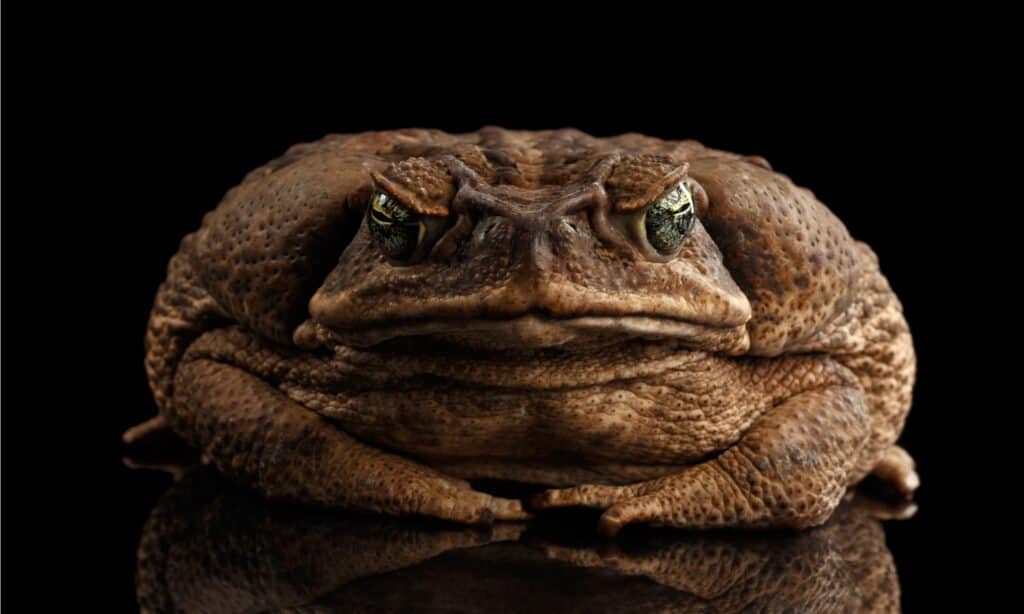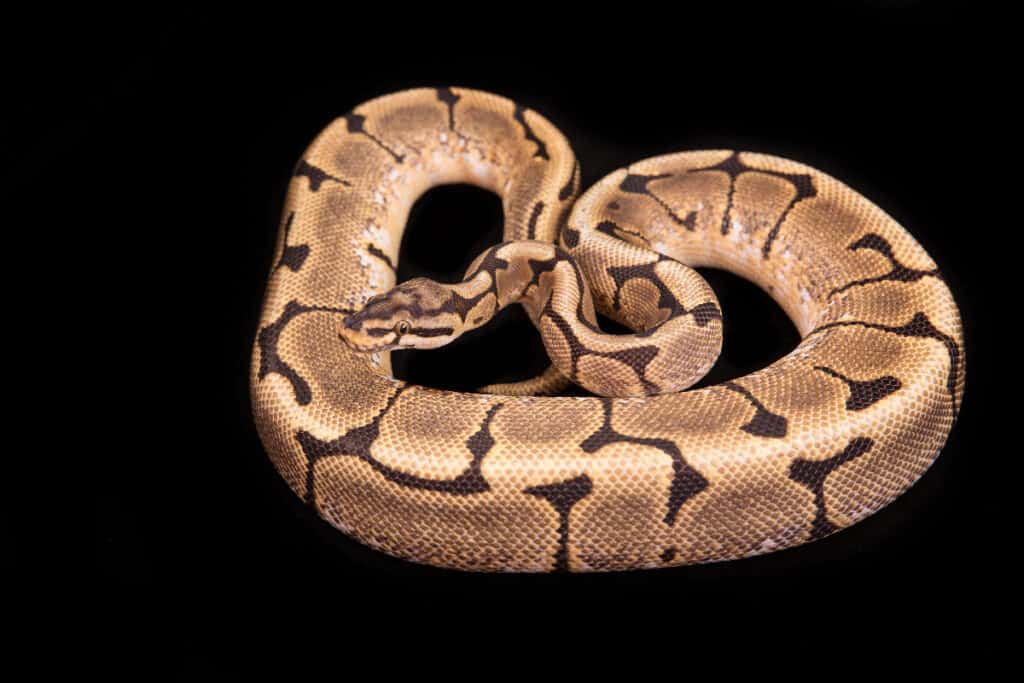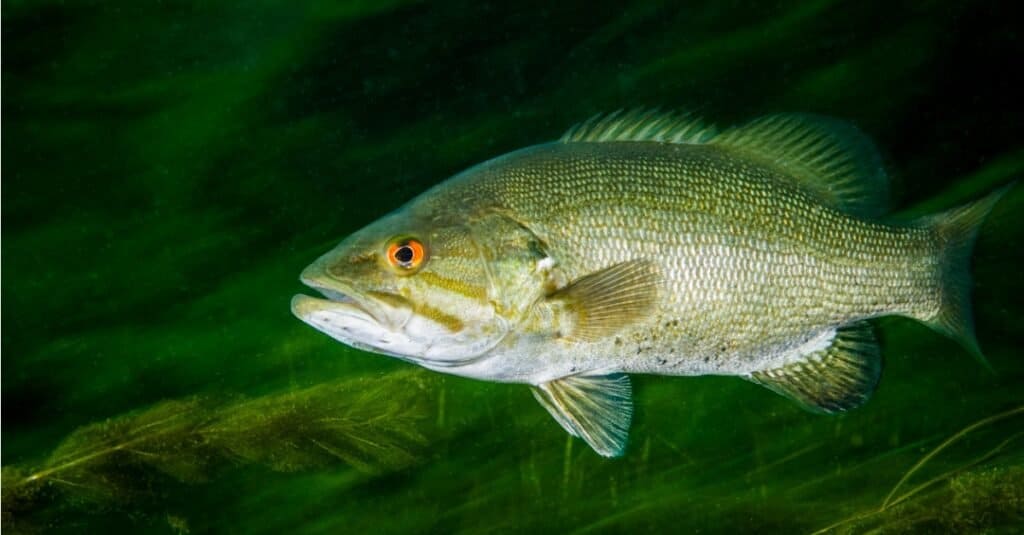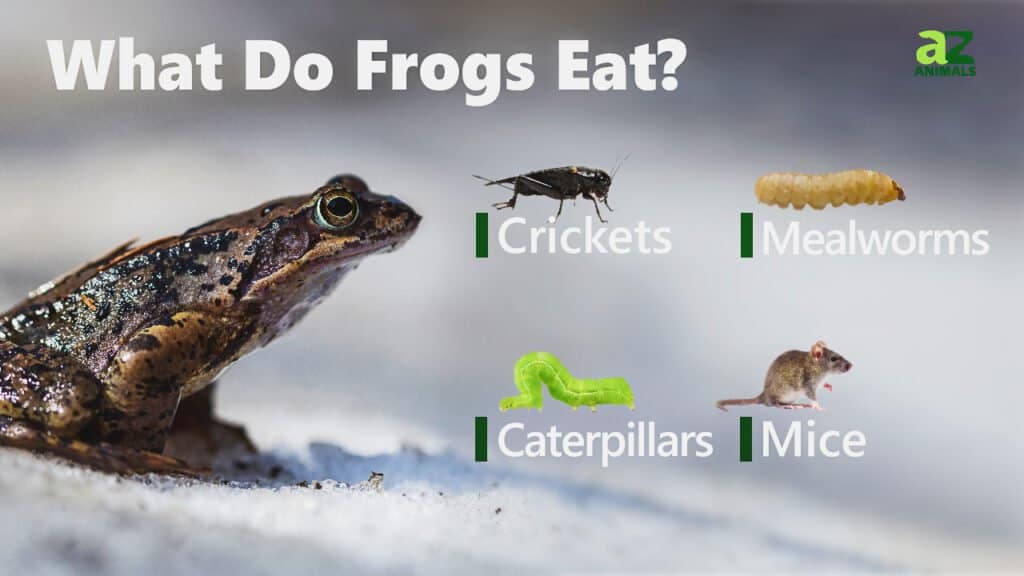Frogs are tailless, slimy-looking amphibians belonging to the order Anura. They mostly have bulgy eyes jutted out from the surrounding surface. Frogs make croaking sounds and have webbed solid hind feet suitable for leaping and swimming. They also have smooth, moist skin and are primarily aquatic; however, some live on land, caves, and woods. An intriguing fact about these amphibians is that they mostly reside in damp, humid places like ponds or streams, and they can effortlessly respire through their skins.
The Background on Frogs
Frogs are mainly carnivores and catch prey using their tongue. Adult frogs eat insects and worms, while young tadpoles feed on algae with the help of their salivas. Their saliva is usually viscous, so when they hit their prey with their tongue, the force liquefies the sticky saliva on the prey’s body and makes it easy to be eaten.
Though these pretty little amphibians look seemingly harmless, some South American frogs are toxic. These frogs are so poisonous that a single drop of secretions from their skin can kill a full-grown adult human. Aside from their deadly traits, frogs generally make delicious delicacies for some humans and animals who eat them.
What Eats Frogs?

Birds, reptiles, and fish prey on frogs.
©Seregraff/Shutterstock.com
Animals like snakes, lizards, water shrews, and herons eat frogs.
Despite their incredible defense mechanisms, frogs make lovely meals for an astonishing array of wildlife. Frogs are vulnerable to predators on the ground, underwater, and from above. They are mainly defenseless to their predators while still in their egg or tadpole stages.
Frog predators include:
Frog Predators: Birds
Birds that eat frogs include herons, storks, seagulls, crows, egrets, ducks, swans, geese, ravens, hawks, owls, cranes, blue jays, loons, and kingfish. Fascinatingly, their habitat plays a vital role in how often these flying creatures eat frogs. So by default, frogs that share the same natural environment with birds are more likely to become food for them regularly.
The heron bird, for instance, struggles for about 15 minutes with the humongous frog before swallowing it whole. It opens its beak wide to maneuver the frog to slip down its gullet.
Crows, too, have a defense mechanism against toxins that some frogs possess. For this reason, the crows gain a more significant advantage by consuming a large variety of frogs than other bird contemporaries.
Frog Predators: Reptiles

Reptiles like pythons eat frogs.
©Sanne Romijn Fotografie/Shutterstock.com
Several reptile species like lizards, snakes, and aquatic animals enjoy eating frogs.
Snakes eat frogs; however, they swallow them whole because they do not have teeth to break down their meals.
Surprising as it may seem, some lizards eat frogs. However, the size of their meal sometimes becomes a challenge for these reptiles, so by default, they may need to be bigger before they can enjoy most of their prey. Lizards like bearded dragons, chameleons, iguanas, and monitors eat frogs.
Both snapping turtles and alligators eat frogs, and this special meal with other delicacies increases their dietary nutrition throughout their lifespan.
Frog Predators: Fish

Bass are carnivores that eat a combination of
insects
, fish, and other small creatures.
©iStock.com/RLSPHOTO
Many fish species eat frogs in small quantities, but some fish species, like bass, eat frogs in large amounts. These predatory fish mostly enjoy eating frogs because of their teeth rows in their jaws. Common fish species that eat frogs include largemouth bass, smallmouth bass, and the northern pike.
Frog Predators: Small Mammals

Small mammals like foxes are known to eat frogs.
©iStock.com/Tyrannax
A large variety of small mammals eat frogs. Such species include skunks, foxes, weasels, stoats, raccoons, and many others. Pets like cats and dogs also eat frogs occasionally, but unfortunately, they tend to become very sick, courtesy of the frog’s skin toxins.
Frog Predators: Humans
Frog legs are a well-known delicious French and Chinese cuisine. And amazingly, they have been harvested in Turkey for more than 30 years with an exponential increase in sales. Frog legs are widely eaten in different parts of the world today because of their proteins, omega-3 fatty acids, vitamin A, and potassium nutritional value to humans.
Other Dangers To Frogs
During spring, the population of frogs increases immensely, and consequently, people drive frogs away from their houses during this season. Humans use different methods, including putting in a barrier, hiring exterminators, or even killing them.
How Frogs Defend Themselves from Predators
Frogs have different mechanisms to defend themselves from their predators, and these techniques may include:
- Urinating to deter predators.
- Jumping tactics: Many frogs may use their ability to jump away from predators.
- Biting abilities: Some frogs have solid biting teeth and may bite their predators.
- Slippery advantage: A frog may put itself in a slick mode to avoid predators.
- Distress calls: Frogs may make noise by screaming to frighten their predators as a defense mechanism.
Types of Frogs
In the tropics, there are several different frog species, and they include:
The red-eyed tree frog: Red-eyed tree frogs (Agalychnis callidryas), also known as monkey frogs, are native to tropical lowlands. They are a species that flashes exaggerated color and impressive jumping abilities.
The blue poison dart frog: The blue poison dart frog is known as Dendrobates tinctorius. It is seen as the most beautiful frog and similar to a precious gemstone among other frogs. This frog is a rare species found in some rainforests in Suriname and northern Brazil. Its appearance may be eye-catching; however, alkaloids in its skin are poisonous and potent enough to kill predators.
The poisonous golden frog: As the name implies, this frog has a lethal toxic substance known as batrachotoxin in its bright-colored skin. Even though it looks harmless, it is considered one of the most poisonous animal species on earth.
Amazon milk frogs (Trachycephalus resinifictrix): They are unique species native to the Amazon rainforest of South America. They have unique characteristics – their color fades as they grow, and their skin becomes increasingly granular in texture.
The tomato frog: This frog is native to the island of northeastern Madagascar. Tomato frogs are relatively large–like tomatoes and have bright colors.
What Do Frogs Eat?

Now that we’ve taken a close look at all the animals that eat frogs, it bears mentioning that frogs have certain animals they prey on as well.
Most frogs are carnivorous, usually feeding on insects and mollusks. However, some frogs will even prey on birds, small mammals, reptiles, or other frogs. They prefer catching live prey over carrion, though tadpoles will consume dead insects and animal matter as they develop. Tadpoles and adolescent frogs will also eat vegetation. Below is a more detailed list of 10 creatures that frogs eat:
- Insects
- Mollusks
- Birds
- Rodents
- Fish
- Algae
- Spiders
- Reptiles
- Amphibians
- Aquatic plants
The photo featured at the top of this post is © Bildagentur Zoonar GmbH/Shutterstock.com
Thank you for reading! Have some feedback for us? Contact the AZ Animals editorial team.






